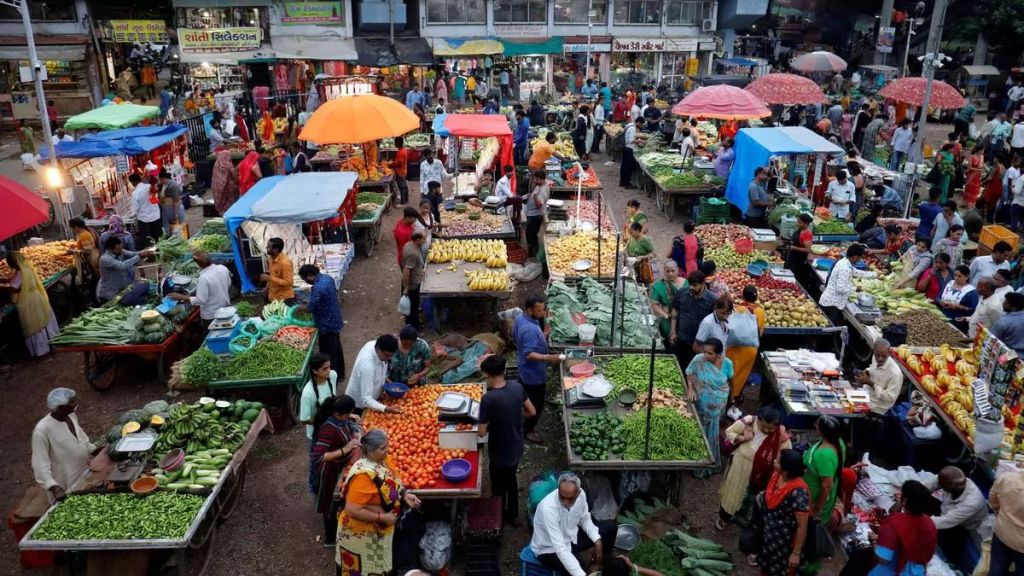By Bibek Debro
Every undergraduate textbook on microeconomics will have this statement when discussing consumer behaviour: “Every Giffen good is an inferior good. But every inferior good is not a Giffen good.” I wonder whether we would have remembered Robert Giffen had it not been for Alfred Marshall’s influential (at the time, in 1890) Principles of Economics. Most students read contemporary textbooks, not what are known as the classics. Marshall wrote, “For instance, as Sir R. Giffen has pointed out, a rise in the price of bread makes so large a drain on the resources of the poorer labouring families and raises so much the marginal utility of money to them, that they are forced to curtail their consumption of meat and the more expensive farinaceous foods: and, bread being still the cheapest food which they can get and will take, they consume more, and not less of it.” Had they read the classics, they would have known that farinaceous means something with starch, based on the Latin for ground wheat, or flour. If the price of a good goes up, we consume less of it. The reverse also holds and this is known as the law of demand. A Giffen good violates this principle. When price goes up, we consume more and vice-versa. This is explained by breaking up what happens into an income effect and a substitution effect.
An inferior good is one where income increases lead to decline in demand and vice-versa, contrary to what one might expect. Public transport might be an example, since I switch to private transport as income increases. If price increases, the relative substitution effect will make me switch to other goods. For a Giffen good, the perverse income effect (since it is an inferior good) overrides the substitution effect. This explains the statement from undergraduate texts. Thanks to Marshall, we might identify Giffen as an economist. Since he wrote on finance and taxation, you could call him an economist. But he was primarily a statistician. Indeed, he was Chief Statistical Officer to the Board of Trade. Therefore, it is appropriate that I should mention Giffen’s name in the context of the recent household consumption expenditure survey (HCES) fact sheet brought out by Ministry of Statistics and Programme Implementation (MoSPI). This is for 2022-23 and we await results of the 2023-24 survey. This is just a fact sheet, we await unit-level data. With changes in methodology, we await some kind of validation, with a smaller sample that uses both old methodology and the new. Despite such caveats, people have jumped the gun, on poverty ratios and inequality, and the World Poverty Clock shows that India has eradicated extreme poverty. Let me ignore those issues.
Let me instead flag shifts in composition of monthly per capita consumption expenditure (MPCE). There has been income growth and consumption growth. (That’s obvious, though such household surveys always under-estimate aggregate consumption, as measured through national accounts. This isn’t a problem specific to India alone.) With the caveat that different NSS (National Sample Survey) rounds aren’t comparable, rural households are spending less on food, down from 59.40% in 1999-2000 to 46.38% in 2022-23. Across the rounds, there has been a steady decline and naturally, an increase in non-food. At that aggregate level, food is an inferior good. Disaggregated, it’s a bit more complicated. There has been a steady decline in cereals and pulses shares and an increase in consumption of fruits, eggs, fish, meat, and processed food. Perhaps rural India’s consumption of farinaceous items has shifted to junk food. (Potatoes may be inferior goods, not potato chips.) Wouldn’t one have expected share of milk and milk products to go up over time? (It hasn’t.) The fact sheet has a separate table with imputations, where there are imputations for subsidised items provided through welfare schemes (with no imputations for health and education). With that, not surprisingly, shares of both food and cereals increase, compared to shares without imputations. Wouldn’t one have expected share of education to increase? It hasn’t, not since 2004-05. Nor has that of non-hospitalisation medical expenses, not since 1999-2000. (Hospitalisation has increased.) These contradict anecdotal assertions and note, these trends pre-date recent welfare schemes. Therefore, substitution of private expenditure by public expenditure is not a convincing explanation.
These were rural trends. For urban India, food is down from 48.06% in 1999-2000 to 39.17% in 2022-23 and the farinaceous shift to processed food is much more pronounced. The education and health trends diverge quite a bit, between rural and urban. For education, the education share increased sharply till 2009-10, but has dipped since then. Non-hospitalisation medical expenses have increased, but hospitalisation has been flat. Again, not patterns quite in conformity with a priori impressions. A priori impressions, anecdotal or otherwise, can of course be wrong. However, to validate and check properly, one needs to wait for the unit-level data. The opposite of an inferior good isn’t called a superior good. It is simply called a normal good, one where income increases lead to demand increases. Durable goods are bound to be that and for both rural and urban, increases in shares of durable goods underline increases in prosperity and income. Even though this is an aggregate fact sheet, that improvement cannot be denied. Between 2011-12 and 2022-23, there is als
The author is Bibek Debroy, Chairman, EAC-PM. Views are personal.


